 Get In Touch
Get In Touch
 Get In Touch
Get In Touch
It is clear that COVID-19 has deeply effected the economy. This has negatively effected consumer confidence. Spending is down across many industries. Although people’s behavior has changed, your audience is still here.
Consumers want to feel certain that you understand the significance of the global health concern. It is imperative that businesses provide a safe experience for both customers and employees. Let your customers know if they need to adapt to a new way of interacting with you. This should be done promptly and frequently. To do this, we have 5 steps to reinforcing consumer confidence using an integrated marketing strategy.
Reach out to customers with human-to-human interaction to elevate consumer confidence. Leverage social proof through social media platforms and testimonials. Because we are in a time of social distance, people are craving connection more than ever. Provide personalized guidance and messaging. Consumers expect to receive a majority of their messaging through digital platforms. It is simple for customers. Also, it’s cost-effective!

While brick and mortar stores are closed, customers have shifted to buying online. Shift your business to match these trends. This is an opportunity to optimize your website for online business. However, not all business models will accommodate the same e-commerce solutions. This is still the right time to invest in digital marketing. It may include messaging, SEO (search engine optimization), and updates to creative assets. When businesses begin to reopen, customers need clear, consistent messaging.
Another shift has occurred in advertising. While many people are staying inside, businesses have pivoted away from out-of-home advertising. We have seen an increase in digital marketing, as well as direct mail.
First, seek feedback to improve. Learning about your audience can yield valuable insights. When you listen to your audience, it helps people gain confidence in your brand. Some examples include social media polls or email marketing surveys. Be transparent about your goals and plan for the future.

Provide visual proof of why you’re in business. Of course, it’s important to have wonderful images of the products and services you provide. Customers want to know that others are pleased with your work.
But, it’s important to go beyond that. Support consumer confidence with authentic pictures of how you practice your values. Even businesses closed by the pandemic can use social media effectively.
Put your customers before profit. Identify with the challenges your customers are facing. Based on survey results, 56% of people were pleased to learn about brands taking action. Donating time or resources to assist communities experiencing hardship speaks to your brand values. Lots of brands are stepping up to support their communities in this difficult time.
As always, an integrated marketing strategy is important for success. This is one way to show leadership during a difficult time. These 5 steps are a simple formula to elevate confidence in your brand. Use a human connection, as well as digital touchpoints. Ask your customers for input. Don’t forget to leverage social media and stunning visuals. Finally, show your support for social causes. As we move through unprecedented times, businesses need to invest in new marketing strategies.
Many industries have revised strategic marketing plans over the past few months. Almost everyone is confronting some change. Consequently, consumer habits are shifting across many industries. As people are grasping onto the “new normal,” businesses also need to evolve. Strategic marketing efforts are not immune. For that reason, let marketing plans be flexible to support your brand. Marketing during a crisis is never easy, but we have a few tips to help you along the way.
Step outside your comfort zone. Try to use different forms of media in your advertising. This could mean adding audio and podcasts. Maybe video is also a medium your brand does not typically use. Likewise, a social campaign could help you branch out. Take a risk to try something different. Your marketing can feel more authentic as a result.
Adopt digital marketing techniques. Many people are spending more time at home. Because of this, it is easier to reach your audience through digital platforms. Consequently, there are a few strategies we recommend for your integrated marketing strategy. Include email blasts, web retargeting, and social media campaigns. Remember, adjust your plans to fit the new ways people are spending time.
Let your message be heard. Be prepared to broaden your audience. Or perhaps you will find a new audience entirely. Optimize your website for online business to reach your targeted demographic.
Build relationships. This is an opportunity to establish trust. Communicate frequently, respond quickly, and deliver on your promises. Remember to have empathy. You never know what your customers may be going through.

Messaging in strategic marketing should reflect the current climate. For most brands, the focus isn’t about specific products and services anymore. Instead, talk about how you help the community. Empathy, adaptability, and unity are key traits for brands to embody during this time.
Break away from the noise. Recently, most people have been inundated with brand messaging campaigns. More than ever, it is important to stand out if you want your voice to be heard.
Be relevant and helpful. Your tone should be full of compassion. People will remember your kindness. Reassure your audience with consistent communication.
Create a short-term plan. As we all know, the situation is unpredictable. Avoid long-term plans. They will likely be scrapped in the near future anyway.

There are some great examples of businesses stepping up to do the right thing. This should be a key part of a successful marketing strategy. If you have stability, leverage it to help others. Whenever possible, distribute excess resources to those in need. Unite stakeholders to work together towards common goals.
Connect your clients. Working together often yields better solutions. Align your brand with nonprofits, healthcare, and government.
Be a role model. Support the rules and recommended practices based on healthcare standards. Obviously, this crisis effects everyone. Above all, set an example for stability and success.
Collaborate with other brands. This is a tried-and-true strategy. For example, several local restaurants recently teamed up with GoPuff. While brick-and-mortar stores are closed, delivery is the next best thing!
Right now, the only way to be essential is to be part of the solution. Because every situation is unique, strategic marketing during a crisis can be tricky. Make sure you use an integrated marketing campaign to reach your audience. Create a flexible strategy and evaluate your messaging. Don’t forget to build brand partnerships. Use these steps to move your marketing through a period of crisis.
As businesses strive for innovative solutions in an evolving marketplace, it becomes increasingly important to provide the best customer experience (CX). It’s about how the audience experiences your brand. This is often different from internal assumptions. Effective CX takes place at every step of the way. This process will provide design validation for customer experiences.
User experience (UX) design is commonly misunderstood. Some people believe it is only involved in websites and apps. Others think it means wireframes. Wireframes are simply a tool for UX Designers to show the interactive content structure. Of course, a UX process should be part of any interactive project. However, user experience design is more than this.
Yes, your creative team went to school, and have plenty of prior experience, but every situation is unique. There are plenty of traditional marketing techniques, which we can combine with new ideas. The trick to finding the right approach often lies in testing the user experience. This is done with consumer research. Digital products benefit from user testing. However, these techniques can be just as useful for traditional marketing strategies. We use a human-centered design approach. This frame our thinking to achieve valuable results.
Your campaign or product has to look and feel good. However, it takes more than this to verify a design will be successful. Our design process begins with defining measurable goals for each project. First, we gather research. This informs a strategic project plan. After that, we are able to tailor creative services to the unique details of your project.
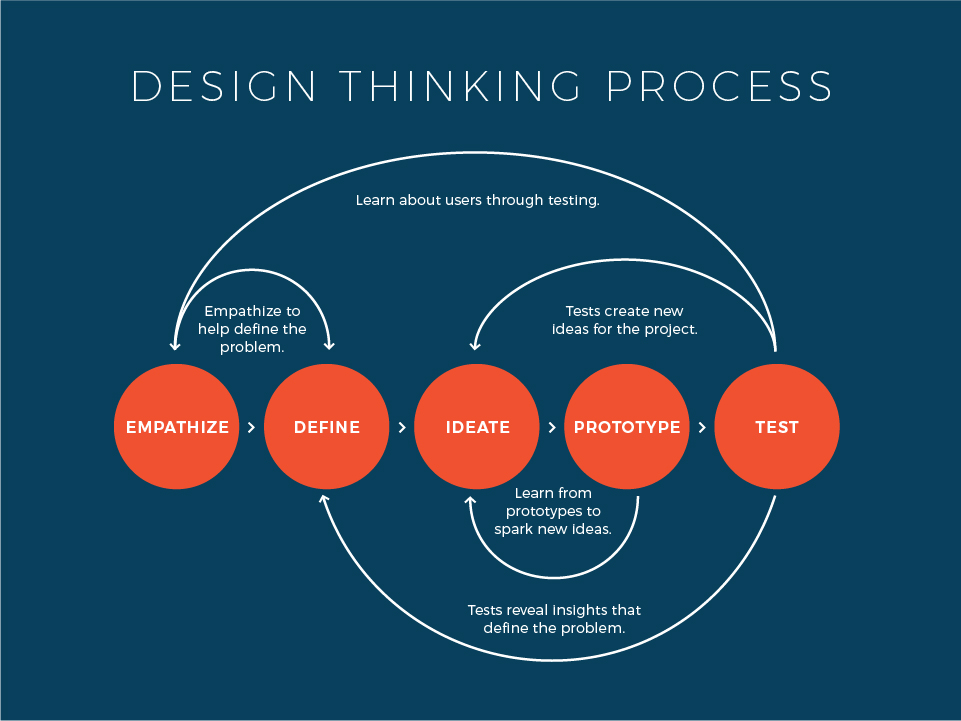
There are a variety research methods for validation. These can be used to measure success at many points. These include moderated and unmoderated user tests. A/B testing can be used to compare two potential solutions. Also, we use surveys and focus groups.
Businesses across many industries can use these approaches for integrated marketing campaigns and experiences. For example, we can compare two billboard designs. An A/B test can compare leads generated from each ad. Websites can also benefit from user tests. These tests could verify that users were able to efficiently locate certain information. Strong designs help business and consumers. Design validation for customer experiences can drive profits and create more useful products.
The days of going to one company for your billboard campaigns and another for your Instagram posts are over. At Neff, we pride ourselves on the wide range of services that we provide all under one roof. We are experts in delivering integrated campaigns, which sets us apart from other Philadelphia ad agencies. This is a key advantage for marketing agencies in Philadelphia and beyond. We’ll review why you need an integrated marketing approach in your brand strategy.
What, you might ask, is integrated marketing? Great question. It’s pretty self-explanatory, but integrated marketing is essentially the combination of different marketing services in order to deliver a cohesive and effective message. This will optimize a client’s budget by allowing them to get all services from one company. Their budget will also be aided by strategic spending on a coordinated campaign. Strategic spending on a coordinated campaign will also lower the budget.
Integrated marketing appeared around the 1990s. In that time, it has emerged as an essential feature for branding companies and public relations agencies in Philadelphia, New York, and other cities across the country. Since then, agencies have used this tactic to leverage diverse types of marketing avenues in order to achieve maximum impact.
This unified approach ensures synchronized messaging that is consistent across all channels. Offline marketing integrates with online marketing, and a central strategy developed by one team backs all platforms.
A coordinated campaign will help to build recognition and trust with your audience. The campaign will be more powerful and more effective, with time and resources saved along the way.
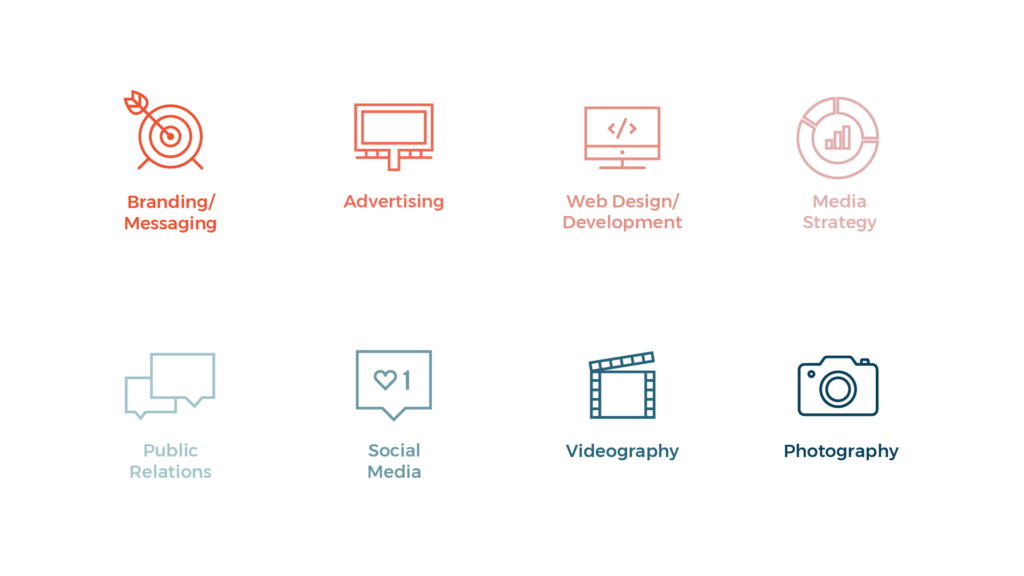
At Neff we offer Advertising, Public Relations, Social Media, Media Strategy, Web Design and Development, Photography, Videography, and Branding services all done in-house. For instance, a client campaign could consist of coordinated outdoor advertising, social media posts, videos, print advertisements, press releases, logo branding and more.
One example of our integrated approach is our work for DNB First, a local bank with branches in Philadelphia, Chester and Delaware counties. We coordinated print ads, digital ads, social media posts, PR and more for each DNB Campaign. This ensures that a successful and cohesive message reaches DNB’s target audience. Additionally, some of the other clients we did integrated campaigns for are Lincoln Square, Tuna Bar and 21st Century Cyber Charter School.
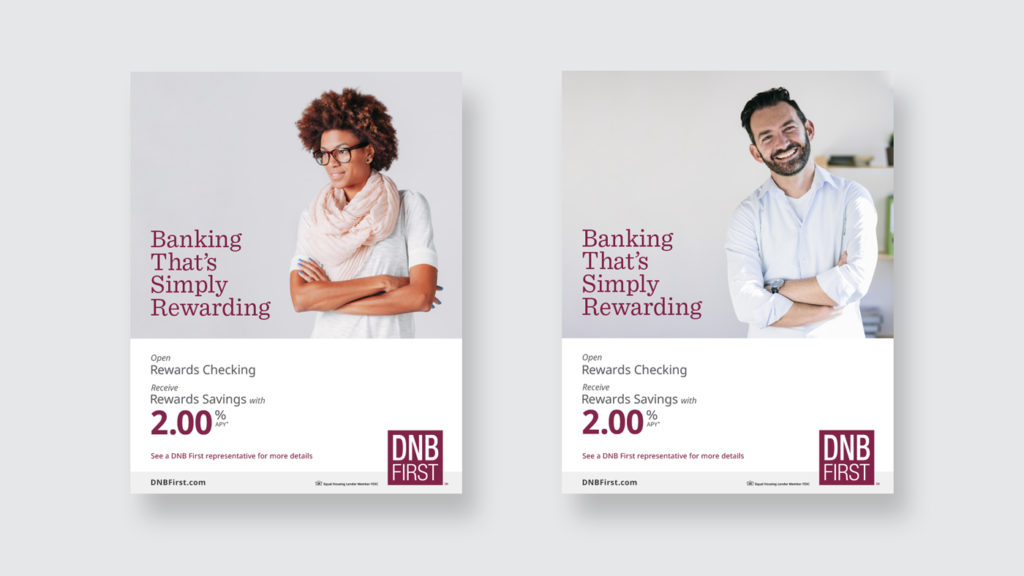

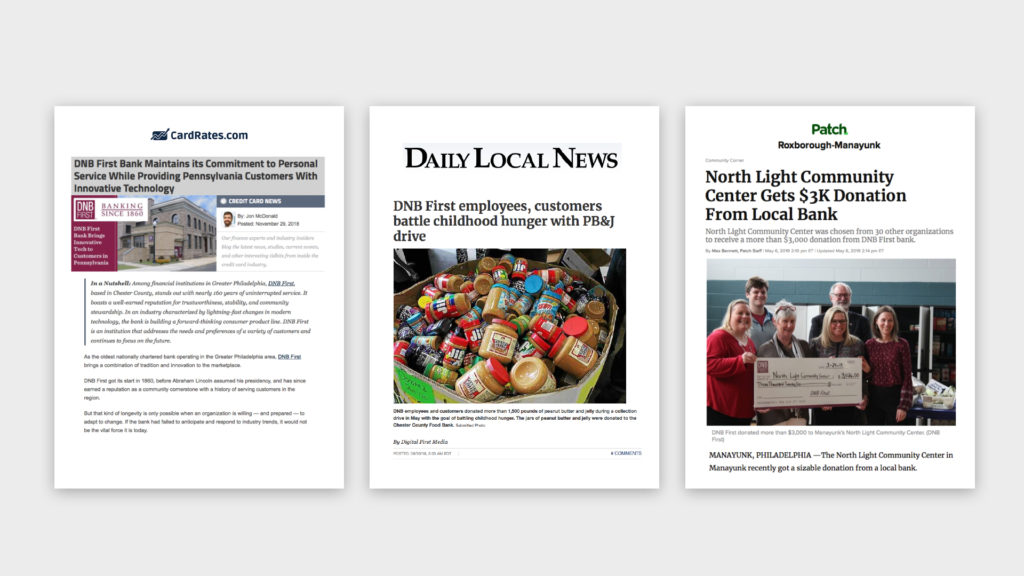
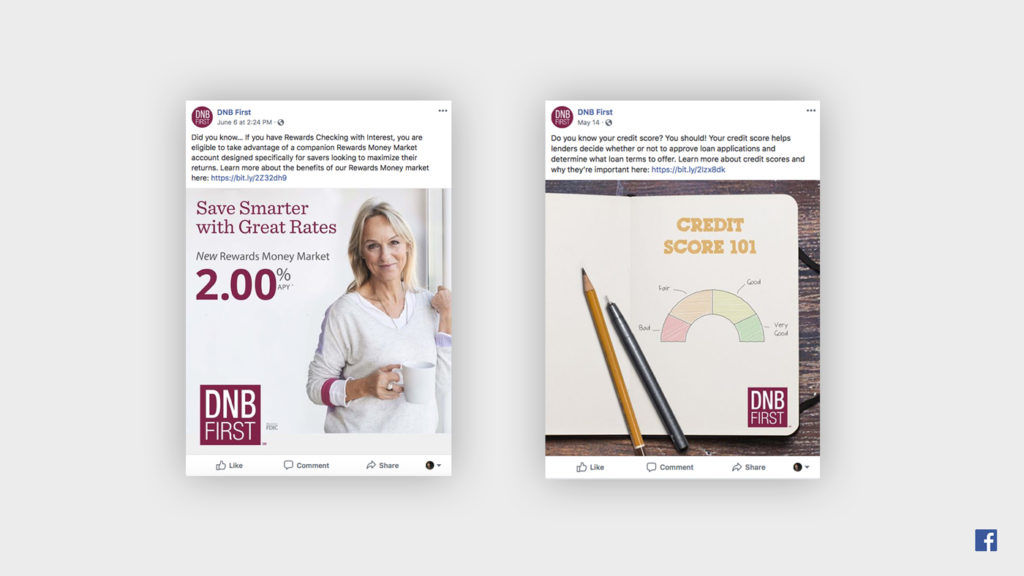
In conclusion, when a client looks for an impactful and cost effective marketing approach, the top advertising agency for the job will be one who offers integrated services. Take our word for it – we’re award winning in all of our services, and we use them successfully on numerous campaigns. Check out our projects page to see more.